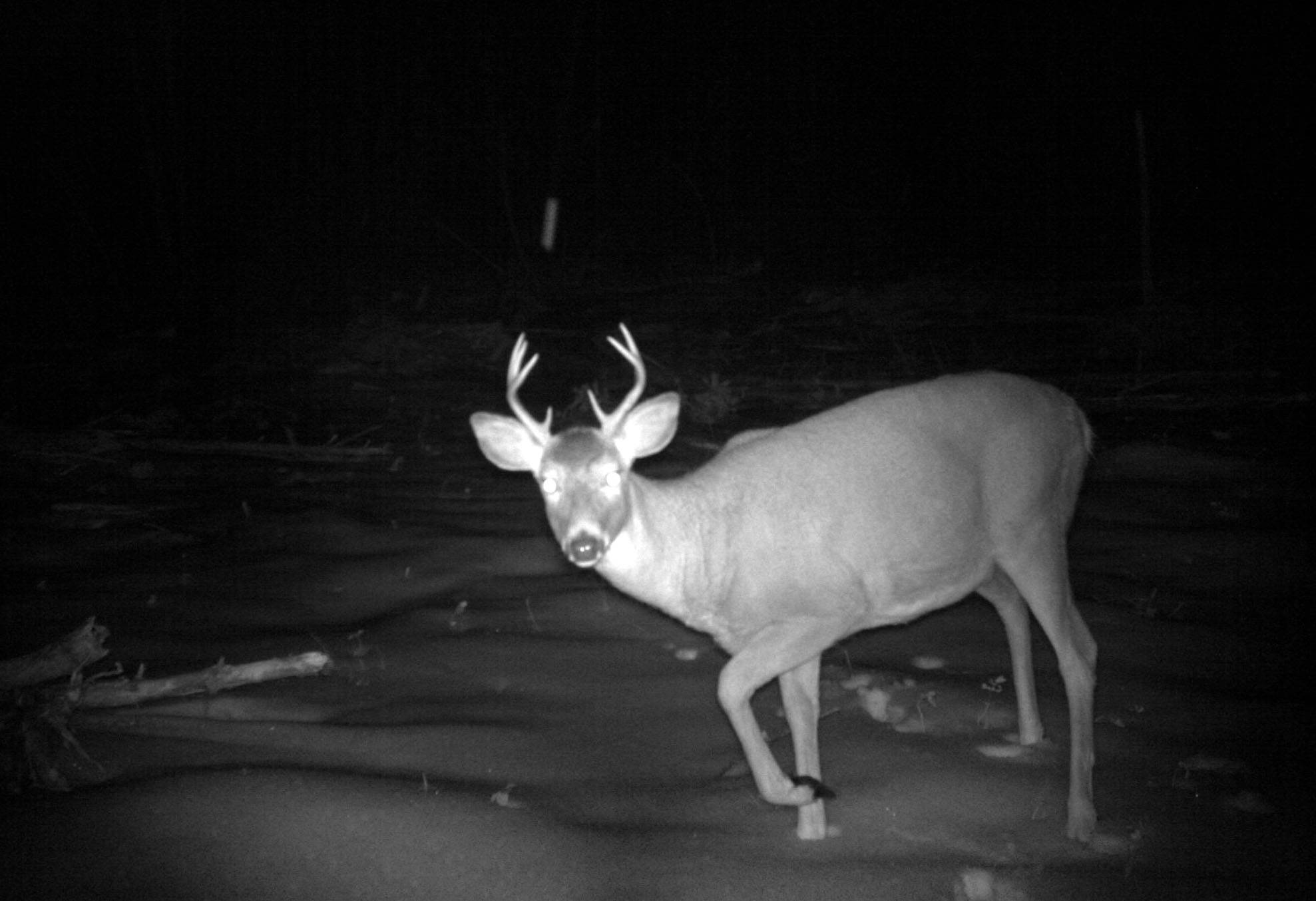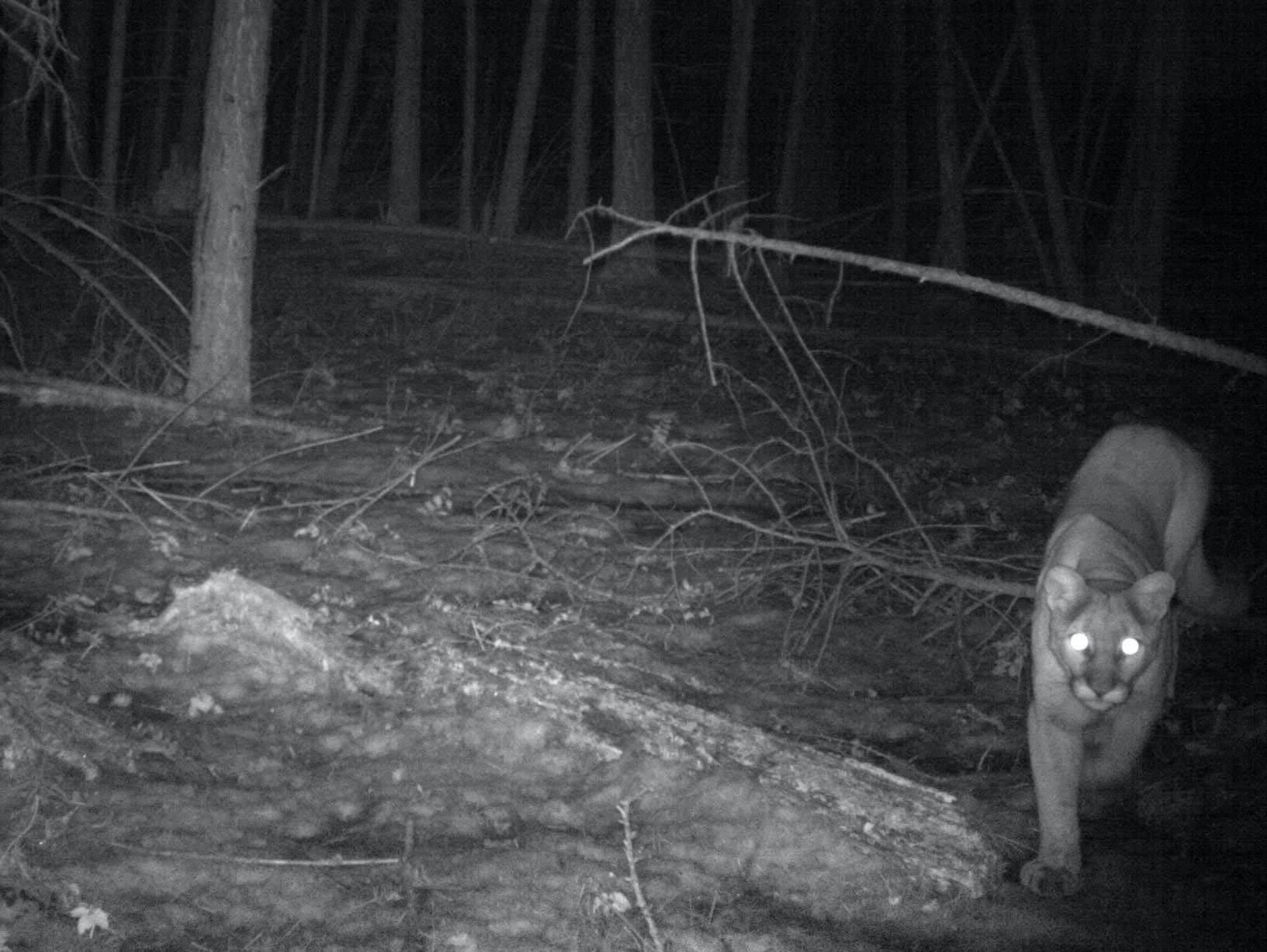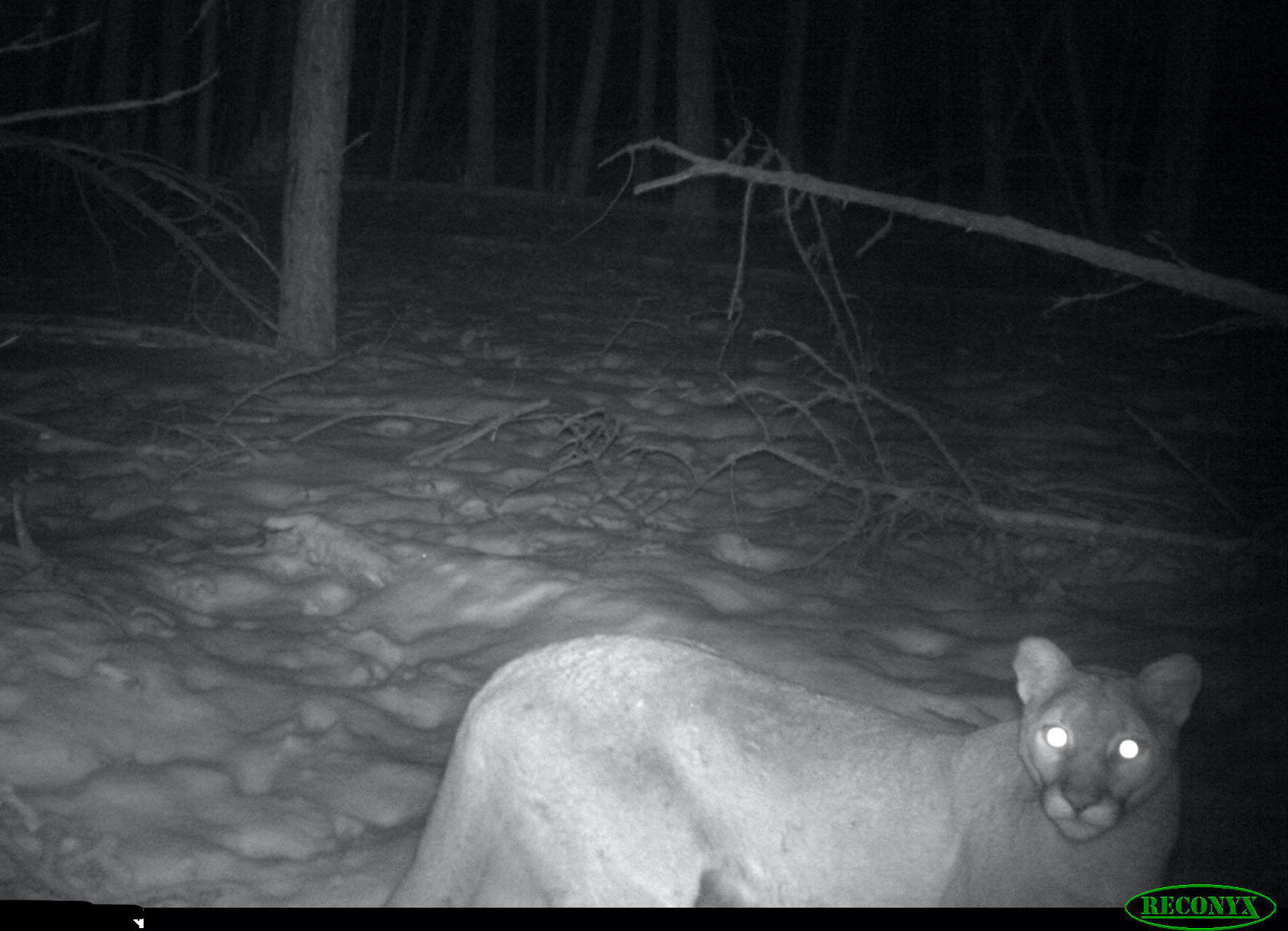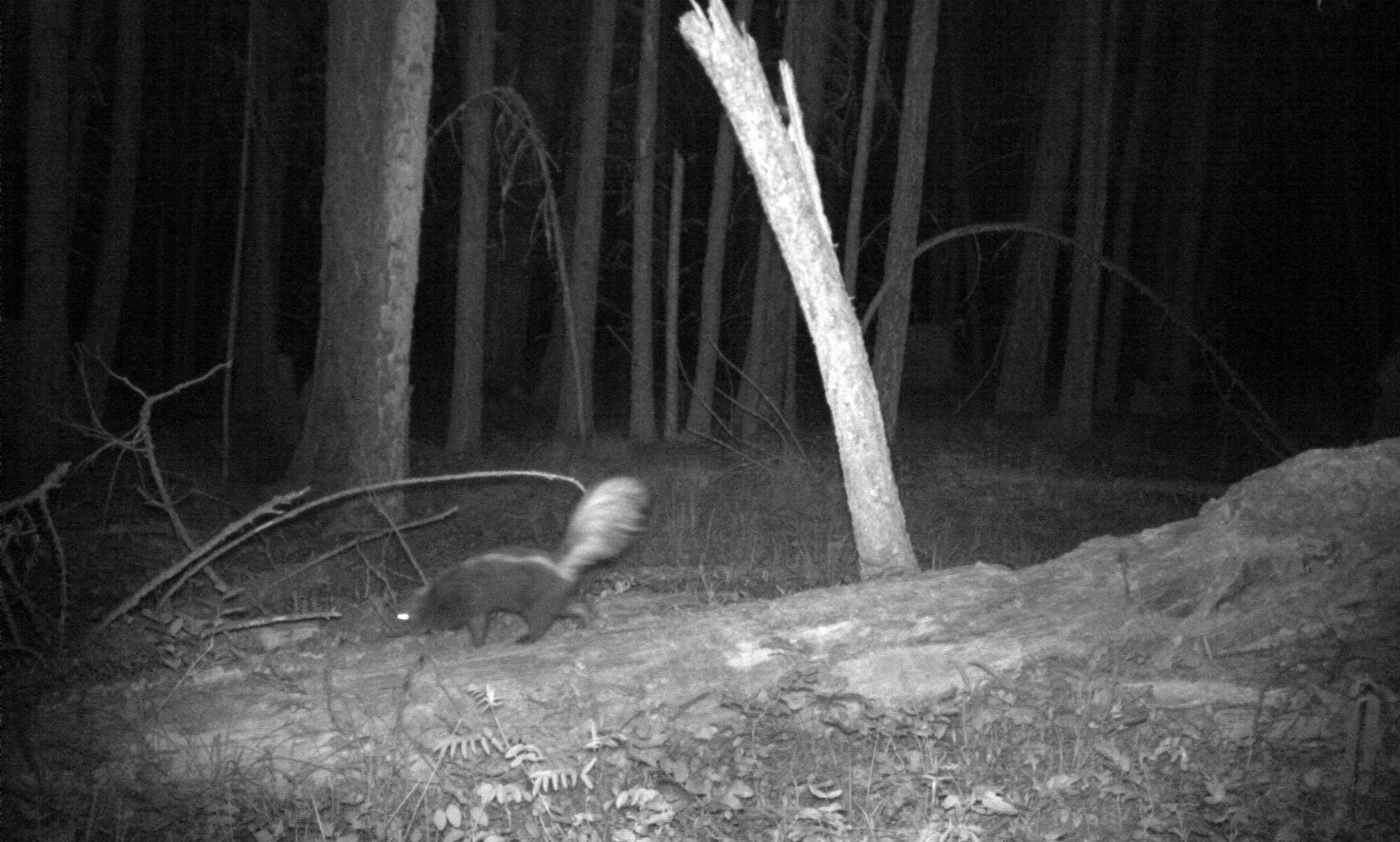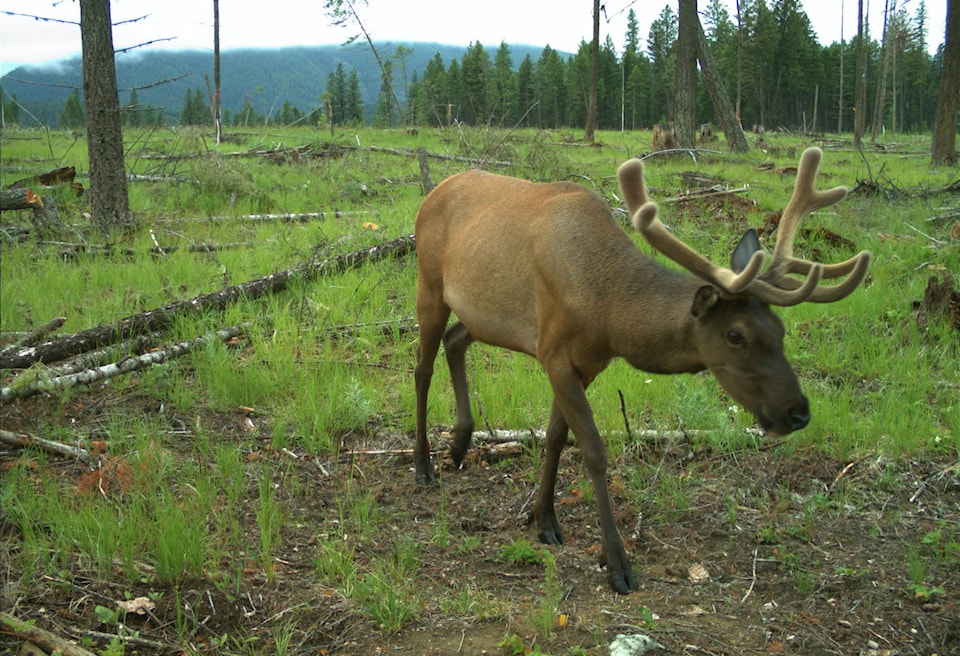A wildlife camera trapping project taking place across the province of British Columbia aims to better understand the relationship between wildlife and forest management.
The project focuses on the scientific principles related to the growth and development of forest organisms and the ecology of plant and animal communities. It explores the effects that logging practices and forest management have on all shapes and sizes of wild animals in the province.
Alexia Constantinou is one of the people heading up the project here in the East Kootenay region. She is an MSc student, Director for the BC Chapter of the Wildlife Society (BCTWS) and she is part of the Wildlife Coexistence Lab and the Belowground Ecology group.
She says that she chose to expand her learning by taking applied forest resources management courses including silviculture and hydrology, which ultimately lead her to this project.
“In my last year of the program, under the supervision of Dr. Cole Burton and Dr. Suzanne Simard, I concentrated my undergraduate thesis on a small project looking at salvage logging effects on elk and moose in the northern part of the province,” she said. “With Dr. Burton, Dr. Simard and Dexter Hodder at the University of Northern British Columbia and the Tl’azt’en Nation’s John Prince Research Forest, I continue to expand the parameters of my study in my current MSc on the effects of forest management practices on wildlife.”
The project has been focused at three sites: John Prince Research Forest (co-managed between the UNBC and the Tl’azt’en Nation), Alex Fraser Research Forest (University of British Columbia’s interior research forest), and a Canfor block near Jaffray.
“At each location, there is a replicated gradient of forest harvesting treatments, in which wildlife cameras have been set up to capture which species appear, what their activities are, and if certain species are demonstrating different amounts of usage of treatments,” Constantinou explained.
One of their most important findings so far, she says, is that the treatments (sites) where cougars were captured by camera trap are those that have canopy cover.
“No detections of cougars have been found in areas which have been clearcut or those with only seed trees,” Constantinou said. “We are still working on the results of the ungulate responses to the harvesting treatments, and are looking forward to seeing the results.”
She adds that partial cutting and leaving seed trees are more expensive methods than clearcutting, but they provide more wildlife habitat and structural diversity versus full canopy removal.
“There is a need to evaluate the response of the entire mammal community (both small and large mammals) to a gradient of harvesting methods in B.C. as the industry continues to move forward,” she said. “When we think about the disturbances our forests are having (fires, beetles, logging and climate change), we also need to see harvesting as disturbances to habitat. The newly appointed Wildlife Advisory Council, and the Indigenous representation on that council, is a positive step.”
This past spring, the Minister’s Wildlife Advisory Council was formed as part of the province’s draft wildlife management plan, Together for Wildlife. The plan was developed in consultation with Indigenous people, rural communities, wildlife organizations, industry stakeholders and the general public.
READ MORE: Wildsight’s Bergenske appointed to Minister’s Wildlife Advisory Council
LETTER: Cautious optimism for provincial wildlife strategy
Constantinou says that she and the rest of the team are integrating their research with forest management, which is of crucial importance.
“The goal of the data we collect and the results that follow is that they become part of how planners and people in the field conduct their work. I’m in touch with the Canfor Kootenays biologists to work towards incorporating the results into management outcomes for the company in the area. At the other sites, I’ve been privileged and fortunate enough to go to the field with the local First Nations and present information at community meetings and dinners,” said Constantinou.
She quoted one of her supervisors, Dr. Cole Burton, who summed up the value of this work by saying, “this information from our cam surveys is so important to navigate some of the inevitable trade-offs between conservation and development.”
corey.bullock@cranbrooktownsman.com
Like us on Facebook and follow us on Twitter
Want to support local journalism during the pandemic? Make a donation here.
